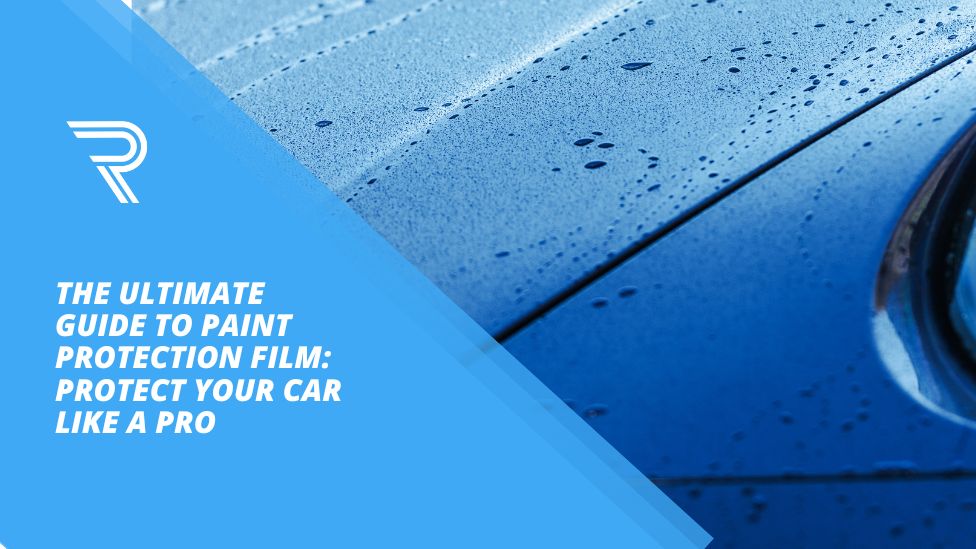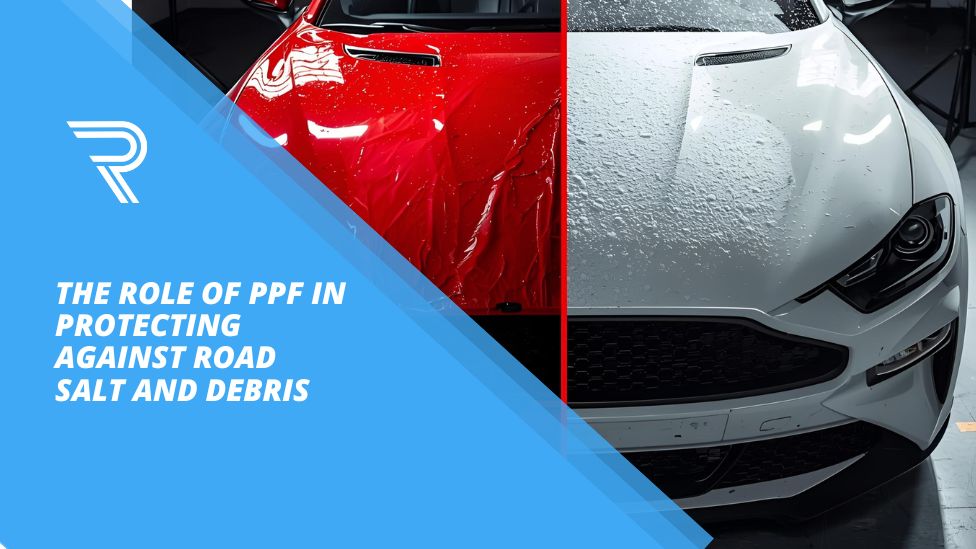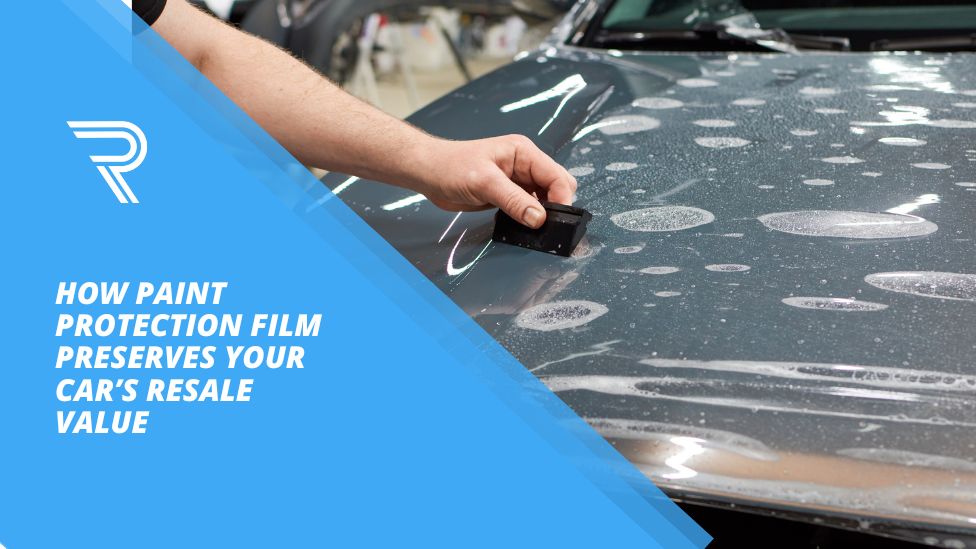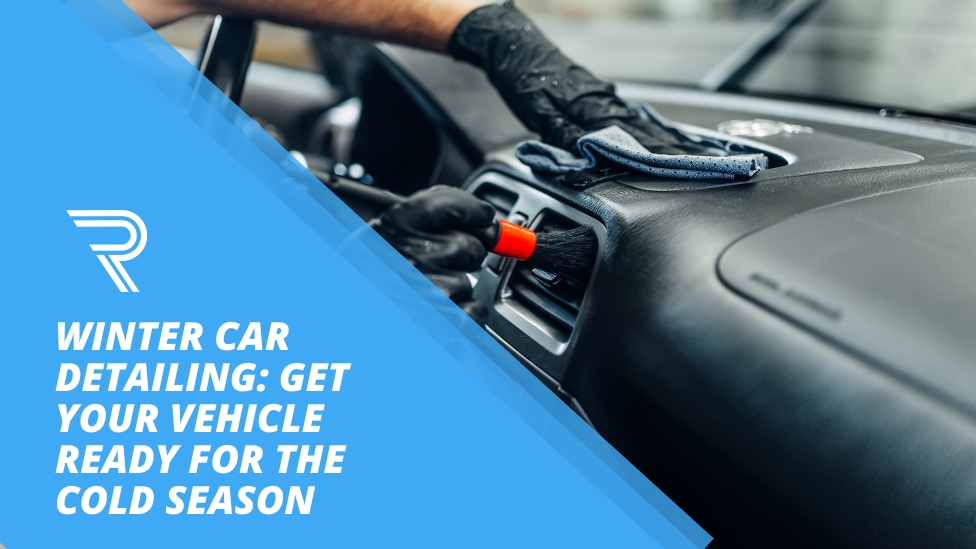If you’re looking to maintain that fresh-off-the-lot shine on your car, Paint Protection Film (PPF) might be your best bet. Whether you drive a daily commuter, a high-performance sports car, or a luxury vehicle, this transparent layer acts as a durable barrier against chips, scratches, UV rays, and environmental wear. In this guide, we’ll walk you through what PPF is, how it’s applied, how to care for it, and what you can expect in terms of cost.
What Exactly Is Paint Protection Film?
Paint Protection Film—commonly known as PPF or a “clear bra”—is a transparent, self-healing urethane layer applied to your vehicle’s exterior. Originally developed for military use, PPF has evolved into a high-tech solution for automotive protection, now offering:
- Resistance to scratches and surface damage
- Protection against rock chips and road debris
- Shielding from bird droppings and insect splatter
- Defense against harmful UV rays
- Barrier to environmental pollutants and minor dings
Thanks to modern advancements, today’s PPF is virtually invisible and maintains the aesthetic appeal of your vehicle while offering premium protection.
Why Invest in PPF?
PPF does more than protect your car—it safeguards your investment.
- Maintains Paint Quality
By acting as a barrier, PPF preserves your car’s original finish and helps retain resale value. - Self-Healing Technology
Many PPFs can self-correct minor scratches and swirls when exposed to heat or sunlight. - Easy Maintenance
Hydrophobic coatings on some PPF brands repel water, dirt, and contaminants, simplifying cleaning. - Nearly Invisible
Modern PPF blends seamlessly with your car’s surface, preserving its original look.
Should You Apply It Yourself or Go Pro?
Installing PPF can be a challenging task. Here’s a comparison between DIY and professional installation:
DIY Installation (For Experienced Enthusiasts)
Steps:
- Thoroughly clean the car using a clay bar and isopropyl alcohol
- Cut the film to fit, or use pre-cut kits
- Spray slip solution (water + baby shampoo) on both the panel and adhesive side
- Carefully place the film and squeegee out bubbles
- Let it cure for 24–48 hours before final inspection
Best done in a clean, controlled environment.
Professional Installation (Best for Most Owners)
Professionals use software-cut templates and precise techniques for a seamless finish. Many also provide warranties covering yellowing, peeling, and bubbling.
Bottom line: Unless you’re highly skilled, a certified installer will yield the best results.
How to Clean and Maintain Your PPF
Keeping your PPF in top condition involves proper cleaning habits.
Do:
- Wait at least a week after installation before washing
- Use a pH-neutral shampoo with a microfiber mitt
- Rinse thoroughly and dry with a soft microfiber towel
Don’t:
- Avoid automatic car washes with spinning brushes
- Don’t use abrasive products or dyed waxes
- Avoid direct high-pressure water near edges
✨ Bonus Tip: Add a ceramic coating on top of PPF to enhance gloss and make cleaning easier.
What Does PPF Cost?
Wondering about the price of paint protection film? Costs vary based on several factors:
- Vehicle size and complexity
- Type and brand of film (e.g., XPEL, 3M, SunTek, Stek)
- Installer reputation and skill
- Warranty length and coverage
Always ask for a detailed quote and inquire about warranty options.
PPF vs. Ceramic Coating: Which One’s Better?
While both protect your paint, they’re designed for different purposes.
| Feature | Paint Protection Film | Ceramic Coating |
| Scratch resistance | ✅ Excellent | ❌ Minimal |
| Rock chip protection | ✅ Yes | ❌ No |
| UV protection | ✅ Yes | ✅ Yes |
| Hydrophobic effect | ✅ Optional Topcoat | ✅ Yes |
| Cost | Higher | Moderate |
Best Combo: Apply PPF to high-impact areas (bumper, hood, side mirrors) and ceramic coat the rest of the car for full-spectrum protection.
How Long Does PPF Last?
With proper upkeep, high-quality paint protection film can last 5 to 10 years, depending on the product and usage conditions. Top-tier brands often offer warranties ranging from 5 to 12 years.
Signs It’s Time for Replacement:
- Yellowing or dull appearance
- Peeling around the edges
- Bubbling or cracking
Is Paint Protection Film Worth It?
In short—yes. For those serious about keeping their vehicle in mint condition, PPF offers unmatched protection. It’s especially worthwhile if you:
- Own a high-value or exotic car
- Frequently drive on rough or debris-filled roads
- Want to minimize future paint correction costs
Final Thoughts
Paint Protection Film is like an invisible armor for your car. From understanding the benefits to learning about proper application and care, this guide helps you make the best decision for your vehicle. While the initial investment may seem steep, the long-term preservation and peace of mind it offers are well worth it.




